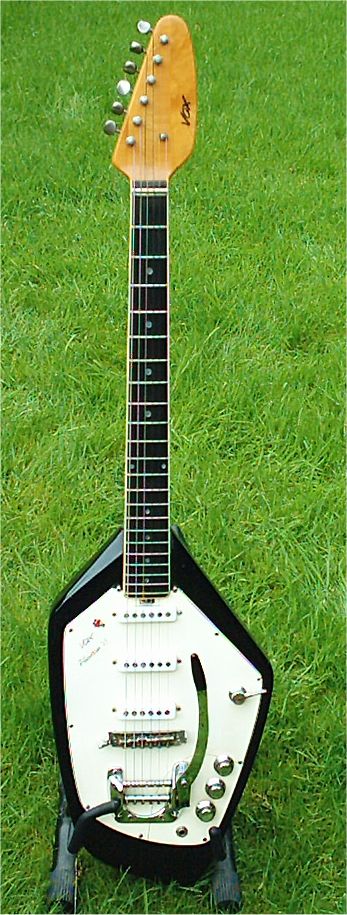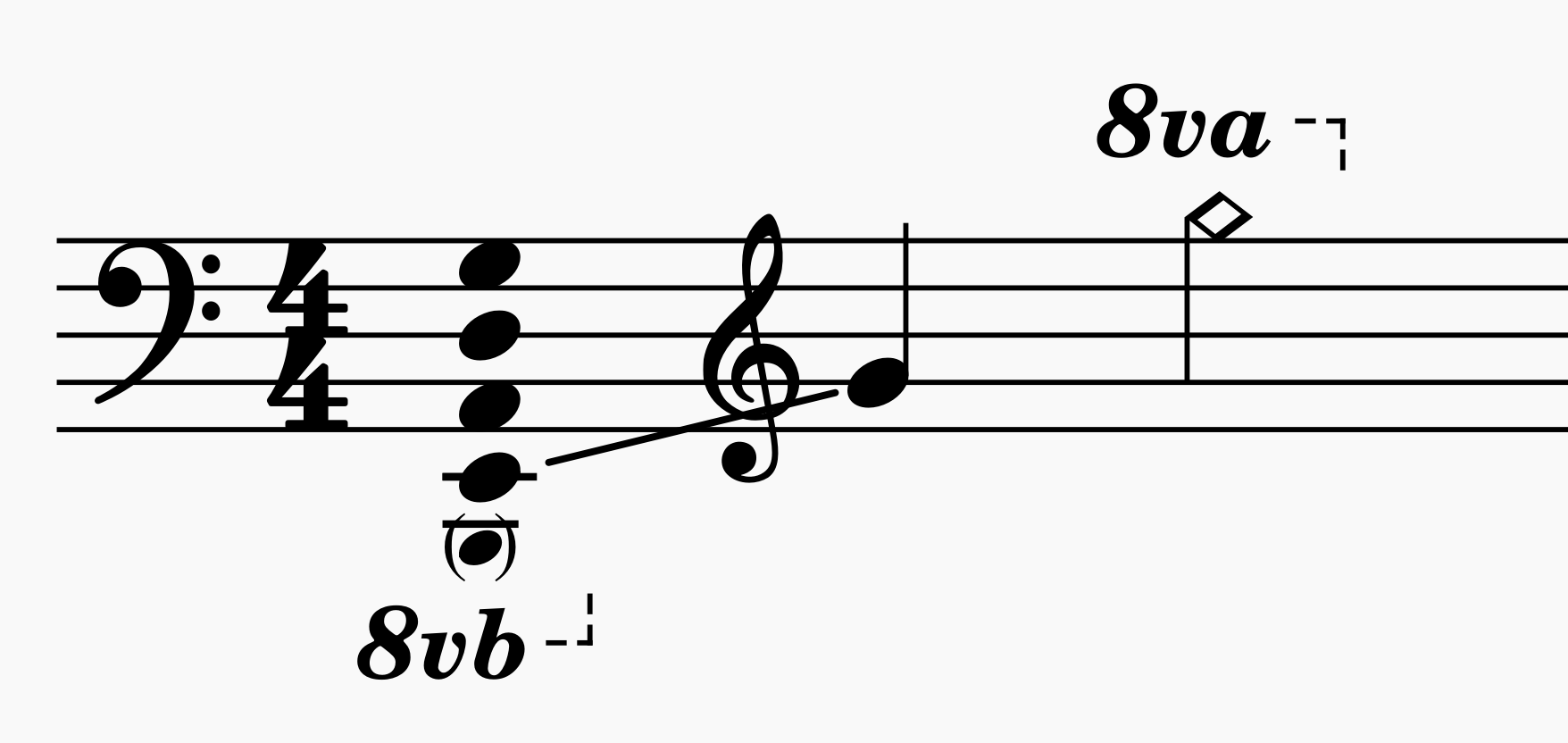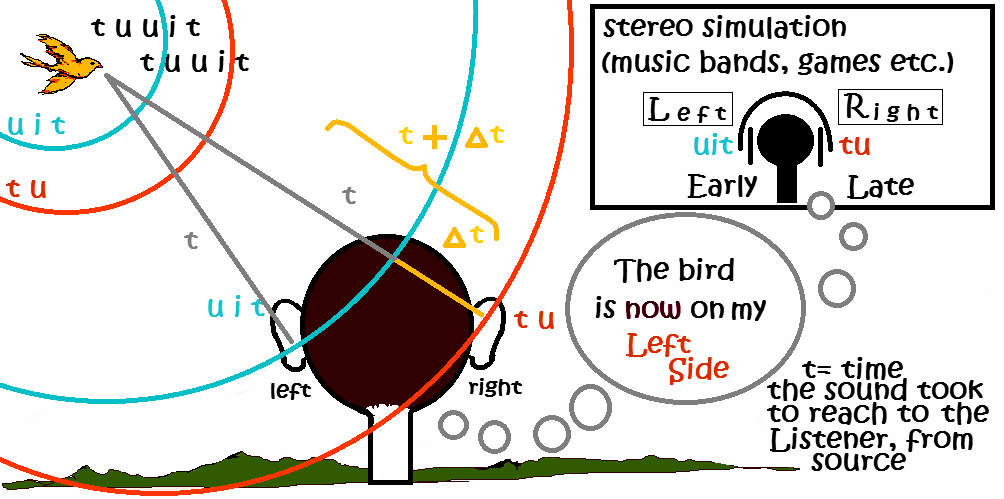|
Guitar Speaker
A guitar speaker is a loudspeaker – specifically the driver (transducer) part – designed for use in a combination guitar amplifier (in which a loudspeaker and an amplifier are installed in a wooden cabinet) of an electric guitar, or for use in a guitar speaker cabinet. Typically these drivers produce only the frequency range relevant to electric guitars, which is similar to a regular woofer type driver, which is approximately 75 Hz — 5 kHz, or for electric bass speakers, down to 41 Hz for regular four-string basses or down to about 30 Hz for five-string instruments. The cones of these drivers typically range in size from with and models being the most popular for electric guitar and electric bass combo amps and speaker cabinets. As with all loudspeaker drivers, the magnets are usually made from Alnico, ceramic, or, to reduce weight on more expensive models, neodymium. Higher quality Alnico magnets are reserved for more expensi ... [...More Info...] [...Related Items...] OR: [Wikipedia] [Google] [Baidu] |
TEISCO 74R Guitar Amp (1960s, Black-on-red Cover) - Four Small Speakers (2006-12-14 20
Teisco was a Japanese musical instrument manufacturing company from 1948 until 1967, when the brand "Teisco" was acquired by Kawai (河合楽器製作所; Kawai Gakki Seisakusho). The company produced guitars as well as synthesizers, microphones, guitar amplifiers and drum kits. Teisco products were widely exported to the United States and the United Kingdom. In 2018, the brand "Teisco" was relaunched –along with former guitar company Harmony– by Singaporean music company BandLab Technologies to produce effects units. Company history The brand name "Teisco" was established in 1948, and sometimes incorrectly explained as an acronym of ''Tokyo Electric Instrument and Sound Company''. However, the exact name of company establishing and producing the Teisco brand was not that name, and rather, they had frequently renamed their company. The company was founded in 1946 by renowned Hawaiian and Spanish guitarist Atsuwo Kaneko and electrical engineer Doryu Matsuda. The company wa ... [...More Info...] [...Related Items...] OR: [Wikipedia] [Google] [Baidu] |
Vox (musical Equipment)
Vox is a British musical equipment manufacturer founded in 1957 by Thomas Walter Jennings in Dartford, Kent, England. The company is most famous for making the Vox AC30 guitar amplifier, used by The Beatles, The Rolling Stones, The Kinks, The Yardbirds, Queen, Dire Straits, U2, and Radiohead; the Vox Continental electric organ, the Vox wah-wah pedal used by Jimi Hendrix, and a series of innovative electric guitars and bass guitars. Since 1992, Vox has been owned by the Japanese electronics firm Korg. History Beginnings The Jennings Organ Company was founded by Thomas Walter Jennings in Dartford Kent, England after World War II. Jennings's first successful product was the Univox, an early self-powered electronic keyboard similar to the Clavioline. In 1956, Jennings was shown a prototype guitar amplifier made by Dick Denney, a big band guitarist and workmate from World War II. The company was renamed Jennings Musical Industries, or JMI, and in 1958 the 15-watt Vox AC15 ... [...More Info...] [...Related Items...] OR: [Wikipedia] [Google] [Baidu] |
Heavy Metal Music
Heavy metal (or simply metal) is a genre of rock music that developed in the late 1960s and early 1970s, largely in the United Kingdom and United States. With roots in blues rock, psychedelic rock and acid rock, heavy metal bands developed a thick, monumental sound characterized by distorted guitars, extended guitar solos, emphatic beats and loudness. In 1968, three of the genre's most famous pioneers – Led Zeppelin, Black Sabbath and Deep Purple – were founded. Though they came to attract wide audiences, they were often derided by critics. Several American bands modified heavy metal into more accessible forms during the 1970s: the raw, sleazy sound and shock rock of Alice Cooper and Kiss; the blues-rooted rock of Aerosmith; and the flashy guitar leads and party rock of Van Halen. During the mid-1970s, Judas Priest helped spur the genre's evolution by discarding much of its blues influence,Walser (1993), p. 6 while Motörhead introduced a punk rock sensibilit ... [...More Info...] [...Related Items...] OR: [Wikipedia] [Google] [Baidu] |
Hard Rock
Hard rock or heavy rock is a loosely defined subgenre of rock music typified by aggressive vocals and distorted electric guitars. Hard rock began in the mid-1960s with the garage, psychedelic and blues rock movements. Some of the earliest hard rock music was produced by the Kinks, the Who, The Beatles, the Rolling Stones, Cream, Vanilla Fudge, and the Jimi Hendrix Experience. In the late 1960s, bands such as Blue Cheer, the Jeff Beck Group, Iron Butterfly, Led Zeppelin, Golden Earring, Steppenwolf and Deep Purple also produced hard rock. The genre developed into a major form of popular music in the 1970s, with the Who, Led Zeppelin and Deep Purple being joined by Queen, AC/DC, Aerosmith, Kiss, and Van Halen. During the 1980s, some hard rock bands moved away from their hard rock roots and more towards pop rock.V. Bogdanov, C. Woodstra and S. T. Erlewine, ''All Music Guide to Rock: the Definitive Guide to Rock, Pop, and Soul'' (Milwaukee, WI: Backbeat Books, ... [...More Info...] [...Related Items...] OR: [Wikipedia] [Google] [Baidu] |
Crossover (audio)
Audio crossovers are a type of electronic filter circuitry that splits an audio signal into two or more frequency ranges, so that the signals can be sent to loudspeaker drivers that are designed to operate within different frequency ranges. The crossover filters can be either active or passive. They are often described as ''two-way'' or ''three-way'', which indicate, respectively, that the crossover splits a given signal into two frequency ranges or three frequency ranges. Crossovers are used in loudspeaker cabinets, power amplifiers in consumer electronics ( hi-fi, home cinema sound and car audio) and pro audio and musical instrument amplifier products. For the latter two markets, crossovers are used in bass amplifiers, keyboard amplifiers, bass and keyboard speaker enclosures and sound reinforcement system equipment (PA speakers, monitor speakers, subwoofer systems, etc.). Crossovers are used because most individual loudspeaker drivers are incapable of covering the enti ... [...More Info...] [...Related Items...] OR: [Wikipedia] [Google] [Baidu] |
Transmission Line Enclosure
Transmission may refer to: Medicine, science and technology * Power transmission ** Electric power transmission ** Propulsion transmission, technology allowing controlled application of power *** Automatic transmission *** Manual transmission *** Electric transmission (propulsion) * Signal transmission, the process of sending and propagating an analogue or digital information signal ** Analogue transmission - the process of sending and propagating an analogue signal ** Data communication, Data transmission, the process of sending and propagating digital information ** Signaling (telecommunications) - transmission of meta-information related to the actual transmission * Monetary transmission mechanism, process by which asset prices and general economic conditions are affected as a result of monetary policy decisions * Pathogen transmission, the passing of a disease from an infected host individual or group to a particular individual or group * Cellular signaling - transmission of si ... [...More Info...] [...Related Items...] OR: [Wikipedia] [Google] [Baidu] |
Bass Guitar
The bass guitar, electric bass or simply bass (), is the lowest-pitched member of the string family. It is a plucked string instrument similar in appearance and construction to an electric or an acoustic guitar, but with a longer neck and scale length, and typically four to six strings or courses. Since the mid-1950s, the bass guitar has largely replaced the double bass in popular music. The four-string bass is usually tuned the same as the double bass, which corresponds to pitches one octave lower than the four lowest-pitched strings of a guitar (typically E, A, D, and G). It is played primarily with the fingers or thumb, or with a pick. To be heard at normal performance volumes, electric basses require external amplification. Terminology According to the ''New Grove Dictionary of Music and Musicians'', an "Electric bass guitar sa Guitar, usually with four heavy strings tuned E1'–A1'–D2–G2." It also defines ''bass'' as "Bass (iv). A contraction of Double bass ... [...More Info...] [...Related Items...] OR: [Wikipedia] [Google] [Baidu] |
Electrical Impedance
In electrical engineering, impedance is the opposition to alternating current presented by the combined effect of resistance and reactance in a circuit. Quantitatively, the impedance of a two-terminal circuit element is the ratio of the complex representation of the sinusoidal voltage between its terminals, to the complex representation of the current flowing through it. In general, it depends upon the frequency of the sinusoidal voltage. Impedance extends the concept of resistance to alternating current (AC) circuits, and possesses both magnitude and phase, unlike resistance, which has only magnitude. Impedance can be represented as a complex number, with the same units as resistance, for which the SI unit is the ohm (). Its symbol is usually , and it may be represented by writing its magnitude and phase in the polar form . However, Cartesian complex number representation is often more powerful for circuit analysis purposes. The notion of impedance is useful for pe ... [...More Info...] [...Related Items...] OR: [Wikipedia] [Google] [Baidu] |
Parallel Circuits
Two-terminal components and electrical networks can be connected in series or parallel. The resulting electrical network will have two terminals, and itself can participate in a series or parallel topology. Whether a two-terminal "object" is an electrical component (e.g. a resistor) or an electrical network (e.g. resistors in series) is a matter of perspective. This article will use "component" to refer to a two-terminal "object" that participate in the series/parallel networks. Components connected in series are connected along a single "electrical path", and each component has the same current through it, equal to the current through the network. The voltage across the network is equal to the sum of the voltages across each component. Components connected in parallel are connected along multiple paths, and each component has the same voltage across it, equal to the voltage across the network. The current through the network is equal to the sum of the currents through each c ... [...More Info...] [...Related Items...] OR: [Wikipedia] [Google] [Baidu] |
Stereo
Stereophonic sound, or more commonly stereo, is a method of sound reproduction that recreates a multi-directional, 3-dimensional audible perspective. This is usually achieved by using two independent audio channels through a configuration of two loudspeakers (or stereo headphones) in such a way as to create the impression of sound heard from various directions, as in natural hearing. Because the multi-dimensional perspective is the crucial aspect, the term ''stereophonic'' also applies to systems with more than two channels or speakers such as quadraphonic and surround sound. Binaural sound systems are also ''stereophonic''. Stereo sound has been in common use since the 1970s in entertainment media such as broadcast radio, recorded music, television, video cameras, cinema, computer audio, and internet. Etymology The word ''stereophonic'' derives from the Greek (''stereós'', "firm, solid") + (''phōnḗ'', "sound, tone, voice") and it was coined in 1927 by Western E ... [...More Info...] [...Related Items...] OR: [Wikipedia] [Google] [Baidu] |
Monaural
Monaural or monophonic sound reproduction (often shortened to mono) is sound intended to be heard as if it were emanating from one position. This contrasts with stereophonic sound or ''stereo'', which uses two separate audio channels to reproduce sound from two microphones on the right and left side, which is reproduced with two separate loudspeakers to give a sense of the direction of sound sources. In mono, only one loudspeaker is necessary, but, when played through multiple loudspeakers or headphones, identical signals are fed to each speaker, resulting in the perception of one-channel sound "imaging" in one sonic space between the speakers (provided that the speakers are set up in a proper symmetrical critical-listening placement). Monaural recordings, like stereo ones, typically use multiple microphones fed into multiple channels on a recording console, but each channel is " panned" to the center. In the final stage, the various center-panned signal paths are usually mixed ... [...More Info...] [...Related Items...] OR: [Wikipedia] [Google] [Baidu] |
Kustom 200 Bass Amplifier (1971)
{{disambig ...
Kustom can refer to: *Kustom (cars), a particular style of custom car, popularised in the 1950s *Kustom Amplification, a manufacturer of guitar equipment *Kustom (footwear), a brand of Billabong *Kustom Kulture Kustom Kulture is a neologism used to describe the artworks, vehicles, hairstyles, and fashions of those who have driven and built custom cars and motorcycles in the United States of America from the 1950s through today. It was born out of the h ... [...More Info...] [...Related Items...] OR: [Wikipedia] [Google] [Baidu] |
.jpg)






